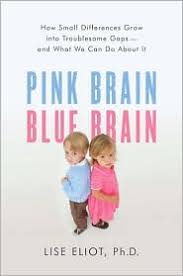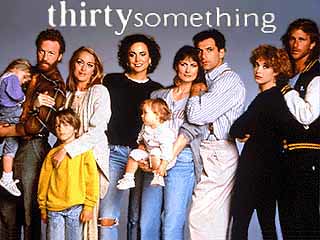My current favorite thing on the internet is the show Smart Girls at the Party, created by Amy Poehler, Meredith Walker, and Amy Miles. This isn’t a new show—it’s been online since late 2008—but I’m just now finding out about it. The show’s mission statement is to “celebrate extraordinary individuals who are changing the world by being themselves.â€Â And the people they celebrate are girls.
The eight episodes that make up the first season feature girls who dance, do yoga, and have rock bands, girls who write stories and garden, and girls who are sisters. My favorite episode features Ruby, who is a feminist.
Ruby is adorably goofy. She giggles, scratches her nose, draws a picture called “Make Your Mind Crazy,†and apparently can’t skateboard at all. She enthusiastically explains feminism and sings a song she wrote—she is loaded with self-confidence and extraversion. But she’s not the only kind of girl featured on the show. Eleven-year-old Valentine is quiet and thoughtful as she explains her passion for community gardening. Ten-year-old Kenaudra seems almost shy as she describes her praise dancing, but she leads the adult women in a dance.
It’s no surprise that this great idea has come from Amy Poehler, who is one of my favorite famous feminists. In an interview with BUST magazine in 2006, she was talking about media representations of girls and women, and she said—among other fabulous things—“I’m over the weird, exhausted girl. I’m over the girl that’s tired and freezing and hungry. I like bossy girls, I always have. I like people filled with life. I’m over this weird media thing with all this, like, hollow-eyed, empty, party crap.â€Â So she’s created a show that highlights girls who are filled with life. You can see that Poehler and her co-hosts, Walker and Miles, work hard to create a comfortable atmosphere for the girls so that they can express all their incredible funkiness.
These are amazing girls, but not because they’re, for instance, award-winning dancers or published writers. This is not a show that seeks out The Most Amazing Girls in some competitive way. Instead, Poehler interviews ordinary girls and through the interviews lets the girls reveal their thoughts, interests, and talents. As a viewer, you’re struck by how cool these girls are—but not in a way that makes them out of reach. This is part of what makes the show special. Watching it, I think, “I know girls like that! They should be on the show!â€Â And I hope that girls who watch it might think, “I can do that! That’s like me!â€Â It’s inviting rather than distancing. It’s creating a sense of community and a sense of possibility, as well as validating girls for the ordinary things that make them special.
The show’s website has a casting call for season 2, so if you know a girl who is changing the world by being herself, encourage her to submit her information to Smart Girls at the Party.

 If anywhere in the vicinity, please spread the word!
If anywhere in the vicinity, please spread the word! Just a quick shout out to a number of authors with FANTABULOUS feminist books out this fall. Congrats, admiration, and heartfelt kudos to:
Just a quick shout out to a number of authors with FANTABULOUS feminist books out this fall. Congrats, admiration, and heartfelt kudos to:
 Girl With Pen’s newest Guest Blog comes to you from the awesome Therese Shechter, documentary filmmaker of I Was a Teenage Feminist and The American Virgin. Here, Therese susses out the sexism in the retro TV fave, thirtysomething.
Girl With Pen’s newest Guest Blog comes to you from the awesome Therese Shechter, documentary filmmaker of I Was a Teenage Feminist and The American Virgin. Here, Therese susses out the sexism in the retro TV fave, thirtysomething. Therese Shechter is a filmmaker, writer and activist whose documentary
Therese Shechter is a filmmaker, writer and activist whose documentary  For Grandma Marge (may her memory be for a blessing)
For Grandma Marge (may her memory be for a blessing) I’m way excited to introduce GWP readers to a new regular blogger, Leslie Heywood. On a personal level, I’m thrilled to have Leslie on board because she was the one who first kicked my ass into gear when I expressed a desire during graduate school to write nonacademically. She made it ok. Better yet, she published me. (Leslie, with Jennifer Drake, edited one of the very first third wave feminist anthologies,
I’m way excited to introduce GWP readers to a new regular blogger, Leslie Heywood. On a personal level, I’m thrilled to have Leslie on board because she was the one who first kicked my ass into gear when I expressed a desire during graduate school to write nonacademically. She made it ok. Better yet, she published me. (Leslie, with Jennifer Drake, edited one of the very first third wave feminist anthologies,  I loved reading
I loved reading  Do check out
Do check out 